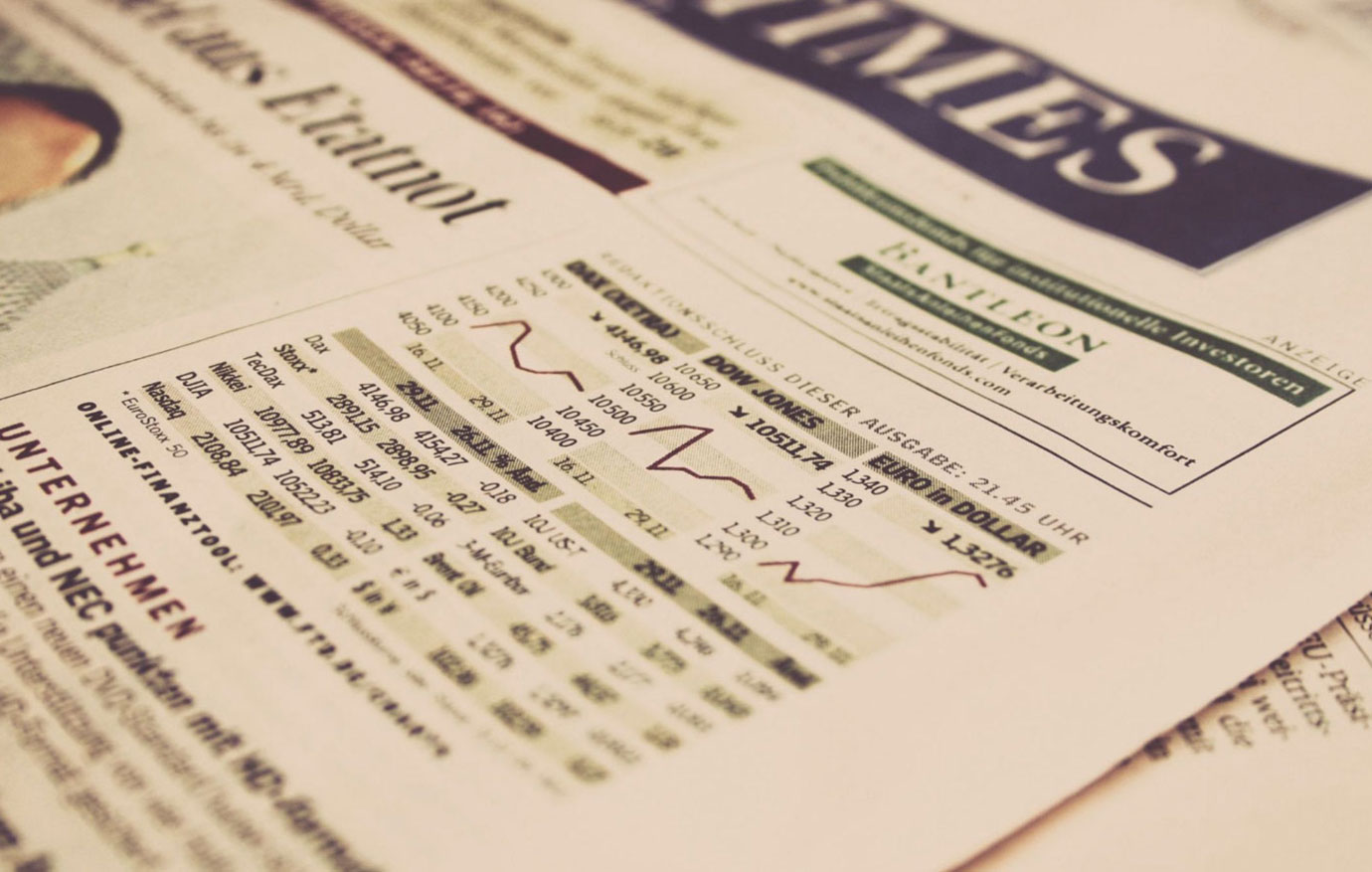TOKYO — Japanese financial institutions are struggling to put a price tag on the cost of climate change, an effort made difficult by the long timeframe and a lack of data for making credible predictions.
Non-life insurer MS&AD, for one, foresees the potential rise in claim payments in 2050 to be anywhere between 5% to 50% compared to current levels.
Below are issues at stake for financial institutions, and where Japan stands on the global debate on assessing financial risks associated with climate change.
WHAT’S AT STAKE FOR FINANCIAL INSTITUTIONS?
Financial institutions are under increasing pressure from investors and regulators to disclose how much their balance sheets are exposed to climate-related risks.
Climate risks consist mainly of two categories. One is “physical risks,” or the physical damage caused by disasters and rising sea levels. “Transition” risks, which occur from big shifts in society towards a greener economy, hit industries like energy and steelmakers.
Financial institutions are required to assess what type of risks their borrowers or insurance holders face, and take that into account in measuring their exposure to climate risks.
WHY IS IT HARD TO MEASURE?
Climate risks are hard to gauge because past experience and conventional methods do not necessarily serve as appropriate measurements. A uniform global standard is a work in progress.
Insufficient data and the long timeframe until risks materialize also make it difficult to produce credible projections.
WHAT ARE REGULATORS DOING?
Global regulators are working towards creating a common set of guidelines for assessing climate-related financial risks.
The Financial Stability Board, an international body that monitors the global financial system, created the Task Force on Climate-related Financial Disclosures (TCFD), which released in 2017 recommendations on climate risk disclosure.
A network of central banks also released climate-change scenarios and guides for measuring risks, while the UN Environment Programme Finance Initiative (UNEP FI) last year published methods insurers can use to disclose climate risks.
HOW ARE CLIMATE RISKS MEASURED IN STRESS TESTS?
Countries are moving at varying speeds in prodding financial institutions to conduct stress tests. The Netherlands led the pack by conducting stress tests in 2018, while British and French central banks have announced plans to do so.
Australian regulators also unveiled plans earlier this month to increase their oversight of climate change reporting by listed companies and financial institutions.
HOW IS JAPAN FARING?
Japanese regulators are cautious about conducting blanket stress tests and are prodding financial institutions individually to conduct scenario analysis.
The country’s mega-banks have published their findings on the estimated increase in credit costs from physical and transition risks their borrowers are exposed to.
Some big insurers have internally conducted calculations on the potential increase in claim payments from climate change. MS&AD and Sompo Holdings, the country’s second and third largest non-life insurers, plan to disclose some of their findings to investors in August.
The Bank of Japan (BOJ) has stepped up efforts to raise awareness among financial institutions on climate risks. It released a staff paper in March on how flooding, which makes up 70% of natural disasters in Japan, may affect credit costs.
BOJ Governor Haruhiko Kuroda has warned that various hurdles are “no reason to delay” efforts to address financial and economic challenges posed by climate change. — Reuters
